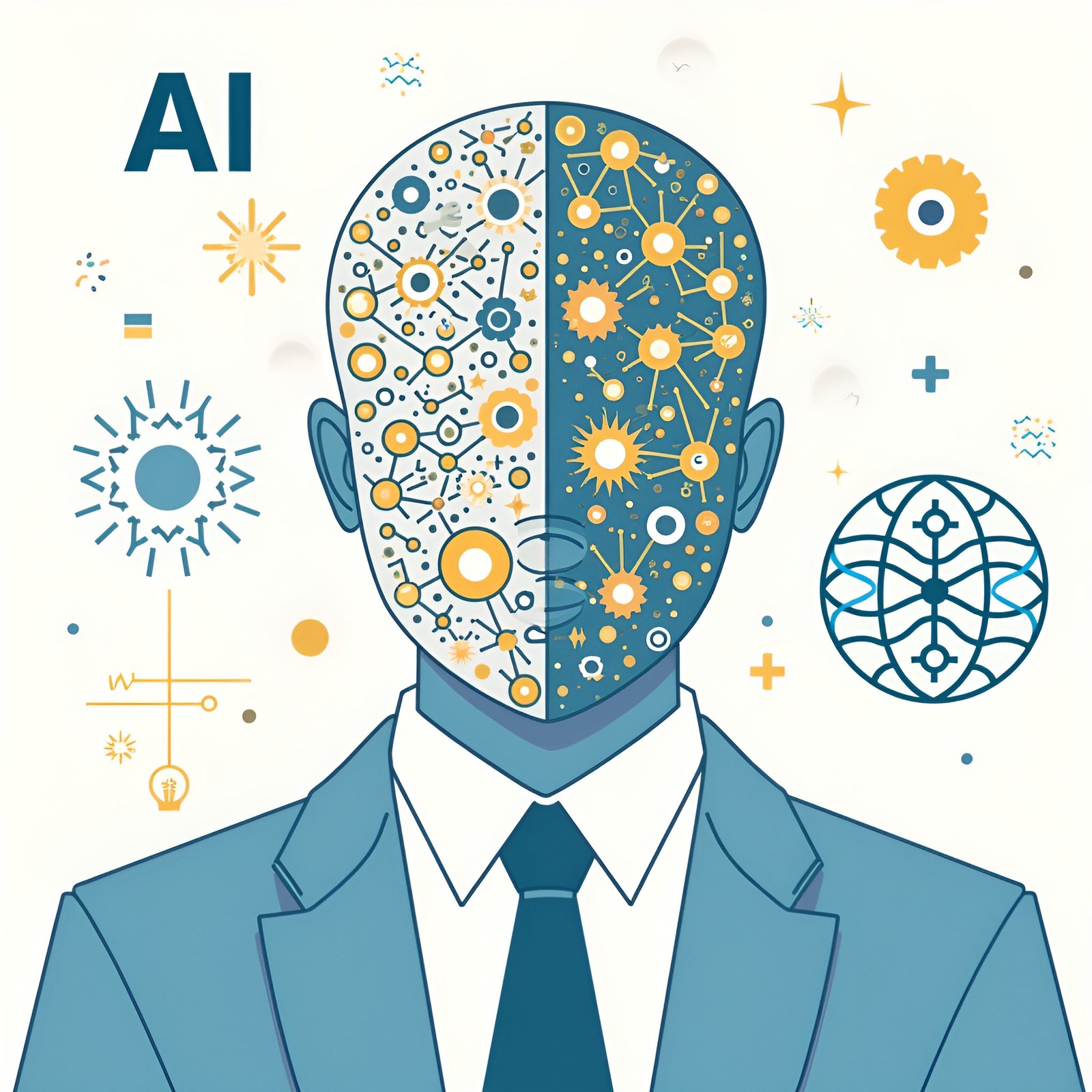Laying the Foundation: Symbolic AI and the Quest for Reasoning
The State of AI: A Technical Deep Dive for Engineers and Data Scientists
Artificial Intelligence, Machine Learning, Deep Learning
Introduction
Artificial Intelligence (AI) is transforming industries and reshaping the technological landscape at an unprecedented pace. For software engineers and data scientists, navigating this rapidly evolving field requires a deep understanding of its historical roots, current state-of-the-art techniques, and the challenges that lie ahead. This article provides a technical deep dive into the evolution of AI, its key technologies, emerging trends, and the platforms and tools that are driving innovation.
I. The Early Days: Symbolic AI and Expert Systems (1950s–1980s)
Symbolic AI and Expert Systems
-
Early AI focused on mimicking human intelligence via explicit rules and logic.
-
Expert systems were built to solve domain-specific problems using knowledge bases and inference engines.
Knowledge Representation
-
Rule-Based Systems: IF-THEN rules to encode knowledge.
-
Semantic Networks: Graph-based structures showing relationships between concepts.
-
Frames: Structured representations of stereotypical situations.
Inference Engines
-
Forward Chaining: Data-driven approach from facts to conclusions.
-
Backward Chaining: Goal-driven approach from goals to data.
-
Resolution: Logical proof mechanism in propositional and predicate logic.
Limitations
-
Knowledge Acquisition Bottleneck: Difficulty in encoding domain expertise.
-
Brittleness: Lack of flexibility in handling novel scenarios.
-
Inability to Handle Uncertainty: Poor performance with noisy or incomplete data.
II. The Rise of Machine Learning: From Feature Engineering to Statistical Models (1980s–2010s)
Embracing Data: The Dawn of Machine Learning
AI research pivoted to statistical learning from data, emphasizing algorithms over hardcoded rules.
Supervised Learning
-
Linear & Logistic Regression
-
Support Vector Machines (SVMs)
-
Decision Trees & Random Forests
Unsupervised Learning
-
Clustering: K-means, hierarchical clustering.
-
Dimensionality Reduction: PCA, t-SNE.
-
Association Rule Mining: Discovering relationships in data.
Feature Engineering
-
Manual selection and transformation of data based on domain expertise.
-
Techniques: Normalization, standardization, handling missing data.
III. The Deep Learning Revolution: Neural Networks and End-to-End Learning (2010s–Present)
The Deep Learning Leap: Neural Networks Take Center Stage
Deep learning enables models to learn directly from raw data through multiple processing layers.
Convolutional Neural Networks (CNNs)
-
Key components: Convolution layers, pooling layers, ReLU activations, backpropagation.
-
Primary use case: Image classification and object detection.
Recurrent Neural Networks (RNNs)
-
Variants: LSTM and GRU.
-
Applications: NLP, speech recognition, time series forecasting.
Generative Adversarial Networks (GANs)
-
Composed of a Generator and a Discriminator.
-
Used for image synthesis, data augmentation, and style transfer.
Transformers
-
Attention Mechanism, Multi-head Attention, and Positional Encoding.
-
Revolutionized NLP: Basis of BERT, GPT, and other models.
IV. Generative AI (GenAI): Architectures, Training Methods, and Applications
Unleashing Creativity: Generative AI and the Power of Synthesis
Variational Autoencoders (VAEs)
-
Encoder-decoder architecture.
-
Latent space sampling and reconstruction loss (reconstruction + KL divergence).
Diffusion Models
-
Forward process adds noise; reverse process denoises.
-
Popular in generating high-quality images (e.g., Stable Diffusion).
Transformer-Based Generative Models
-
GPT-3, GPT-4: Text, image, and code generation.
-
Training: Large-scale corpora, self-supervised learning.
Model Examples
-
DALL·E 2, Midjourney, Stable Diffusion: Use image-text pairs, autoencoding, and attention mechanisms for creativity.
V. Large Language Models (LLMs): Architecture, Training, and Deployment
The Rise of LLMs: Powering Language-Based AI
Key LLMs
-
GPT-4, Claude, Bard, LaMDA
-
Comparison in architecture size, training data, and evaluation methods.
Training Techniques
-
Causal Language Modeling (GPT)
-
Masked Language Modeling (BERT)
-
Reinforcement Learning with Human Feedback (RLHF)
Scaling Laws
-
Larger models generally perform better with more training data and compute.
Deployment Challenges
-
Latency, compute cost, bias, hallucination, privacy, and content moderation.
VI. Emerging Trends: The Future of AI Development
Charting the Course: Emerging Trends in AI
-
Explainable AI (XAI): SHAP, LIME.
-
Neuro-Symbolic AI: Combining logic and neural networks.
-
Neuro-Linguistic Models (NLMs): Ethical design and human-like interaction.
-
Quantum Machine Learning: Potential for exponential speedup.
-
Reinforcement Learning: DQN, PPO, and multi-agent systems.
VII. Development Platforms and Tools
Building the Future: AI Development Platforms and Tools
Deep Learning Frameworks
-
TensorFlow, PyTorch, Keras, Scikit-learn
Cloud-Based AI Platforms
-
Google Cloud AI Platform
-
Amazon SageMaker
-
Microsoft Azure ML
Hardware Accelerators
-
GPUs (e.g., NVIDIA A100)
-
TPUs (Google’s Tensor Processing Units)
VIII. Technical Challenges in AI
Overcoming Obstacles: Technical Challenges in AI
-
Data Scarcity & Quality: Importance of synthetic data, augmentation.
-
Computational Costs: Need for optimization, efficient architectures.
-
Generalization & Robustness: Challenges in out-of-distribution data and adversarial attacks.
-
Bias & Fairness: Social impact, data representation, and fairness metrics.
-
Explainability: Black-box nature of models.
-
Ethical Considerations: Privacy, surveillance, misinformation.
IX. Leading Companies and Research Organizations
Pushing the Boundaries: Leading AI Innovators
Industry Leaders
-
Google DeepMind
-
OpenAI
-
Microsoft Research
-
Meta AI
-
NVIDIA
Academic Contributions
-
MIT, Stanford, Carnegie Mellon, UC Berkeley, Oxford
